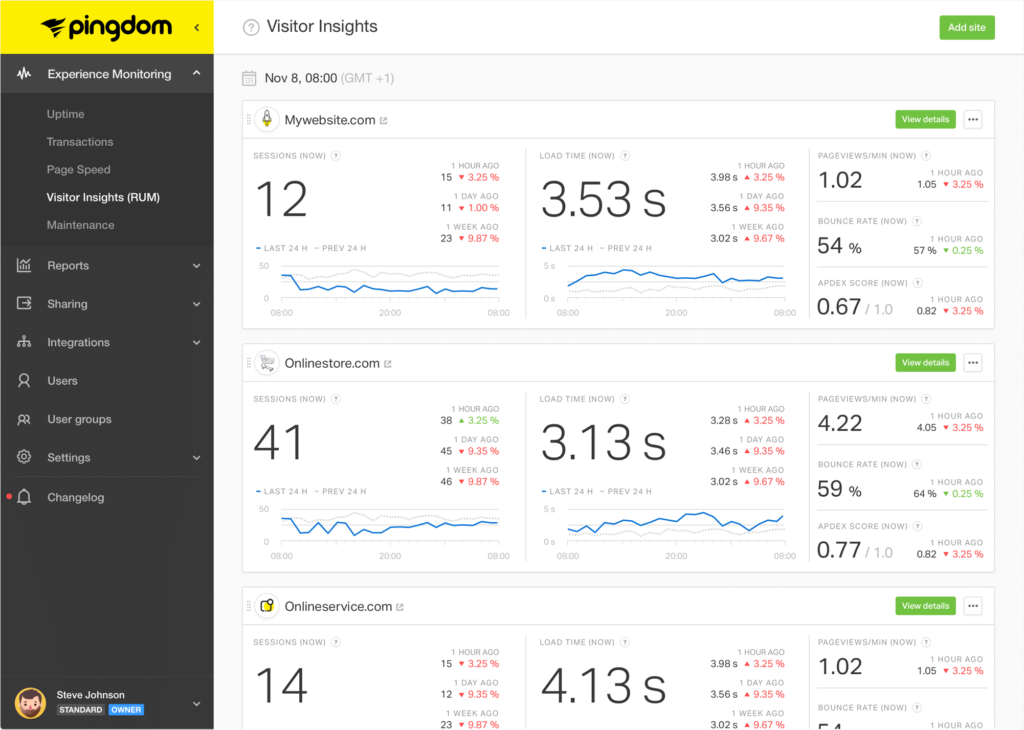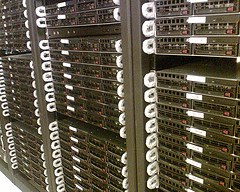



The problem could be caused by a database issue, multiple web applications hosted on the same web server, or excessive load on one application. If, however, the service is available, and you notice an alarm that indicates that a certain number of users are suffering from high load times, then your approach would be different. You can then look into the possible root causes and work to resolve the issue. When you go into details, you can look into specific metrics that provide an accurate snapshot of the user experience.įor example, if the monitoring tool tells you that the service is down, then you know that all users are affected.
#WEB SERVER MONITORING SOFTWARE#
The big picture looks at whether the service is up and running, and what the overall loads are on the different hardware and software components. You can use web server monitoring to look at the big picture and at the details. The right monitoring tool, used in the right way, can help you overcome this challenge. The biggest challenge of web server monitoring is to provide a good customer experience. What are the challenges of web server monitoring? Possible long-term consequences could be loss of reputation, leading to lack of business viability. Possible short-term consequences could be bad customer experience, leading to loss of customers and revenue. This can lead to degraded performance or service unavailability. You don't know if the web servers are performing as required, or if users are suffering due to the poor performance of the servers. If your web servers are not monitored, then you lack visibility into their health and performance. What happens if web servers are not monitored? With web server monitoring, you can identify and eliminate problems – such as increased load times – that cause your users to switch to other services. The same is also true for websites whose popularity is decreasing. You can then plan for scaling your websites and making other changes that will help you cope with the increased demand. Web server monitoring also helps you determine which of your websites and web-based services are growing in popularity, i.e., user requests. Web server monitoring allows you to monitor essential performance metrics – such as load time and latency – for your regional and global web server deployments. For best performance, load balancing and to reduce load time, service providers deploy web servers at multiple locations so that you get service from the server nearest to you. Services delivered over the Internet are usually not run from a single web server. With web server monitoring, you get timely notifications that enable you to take timely action, which keeps the web servers up and running for delivering optimal performance for end users. to take proactive action in case the hardware or software is overloaded and needs upgrades or replacements.take remedial action in case of hardware or software failure, and.Web server monitoring allows instant visibility and enables you to keep a check on the health and performance of your web servers. You and your customers rely on the web servers for the delivery of those essential services. Your web servers deliver essential services to potentially millions of worldwide customers.


 0 kommentar(er)
0 kommentar(er)
